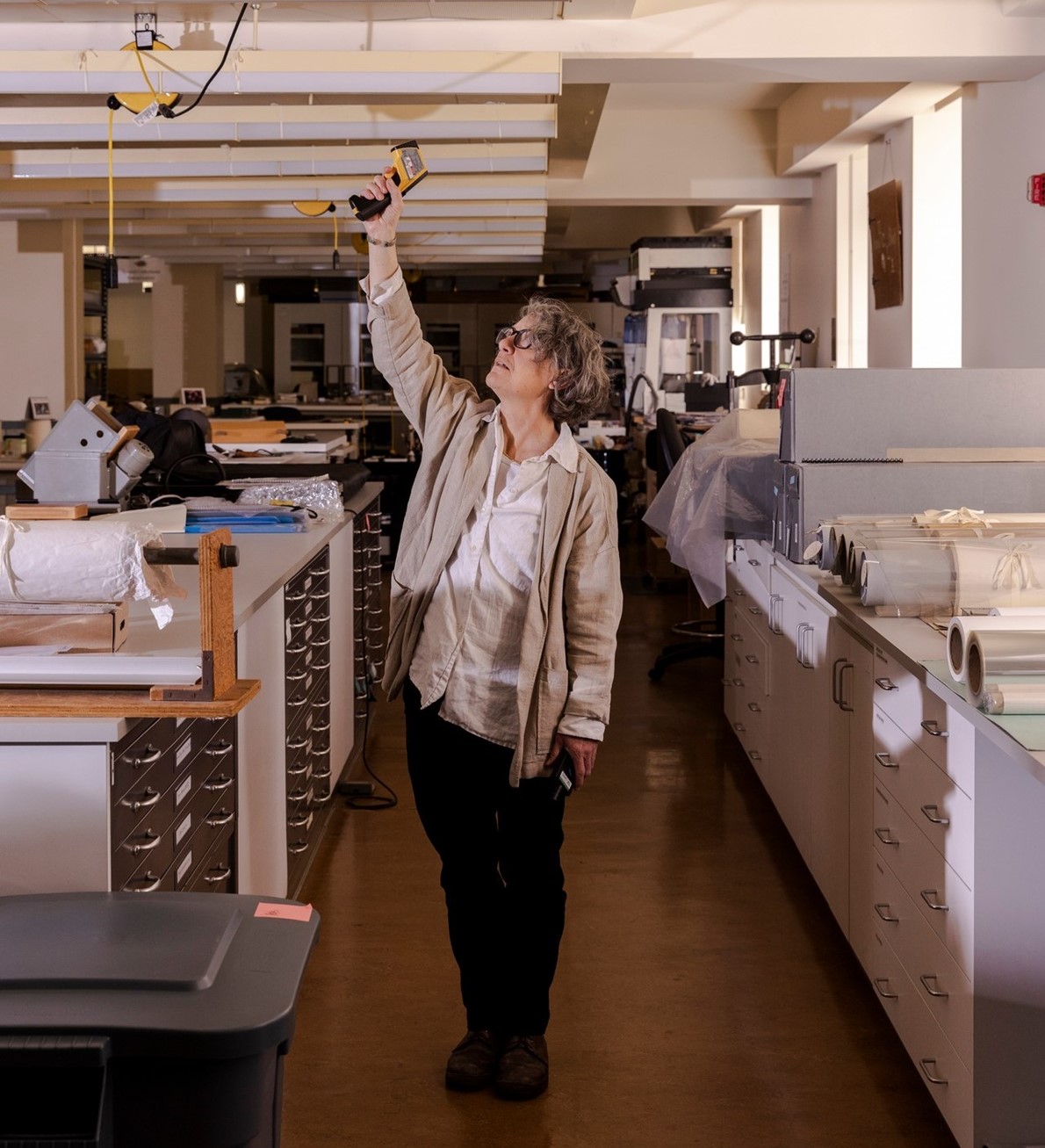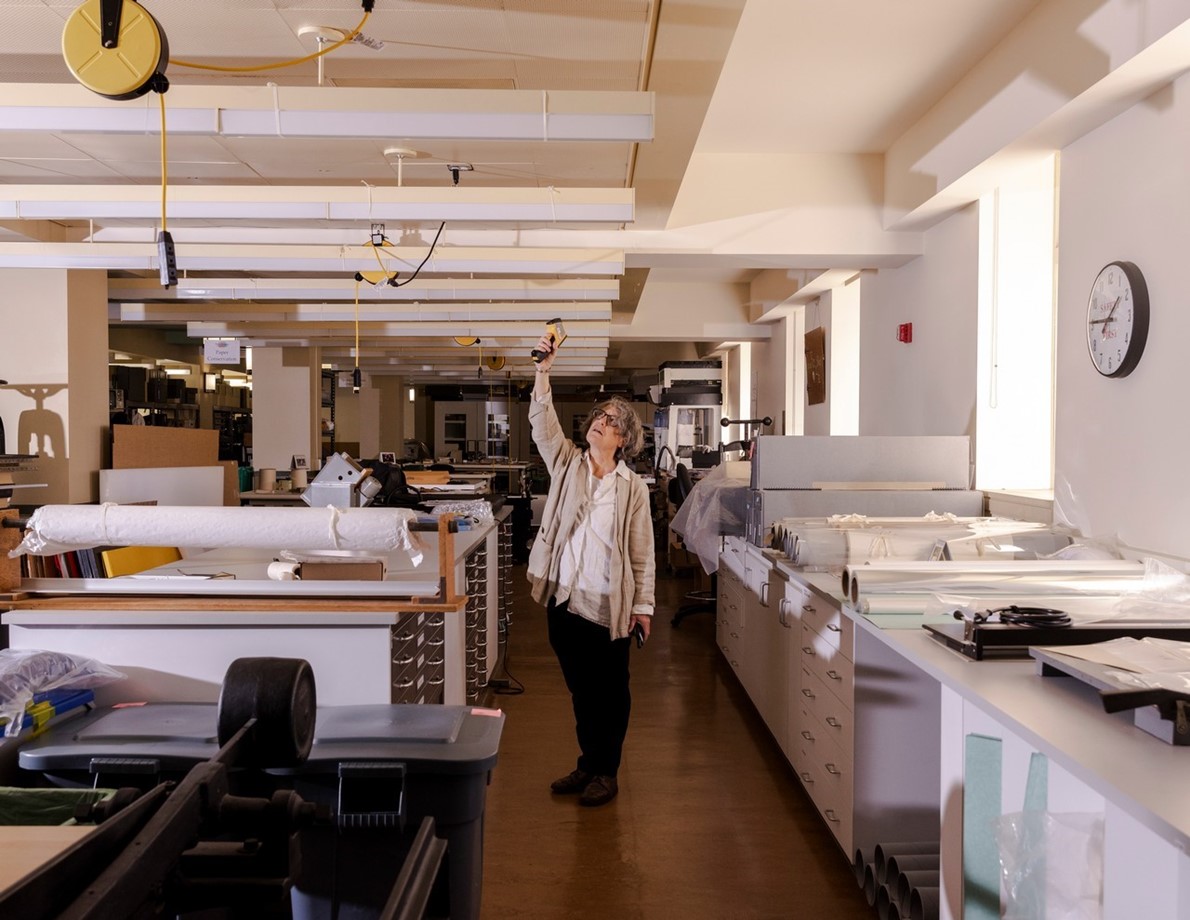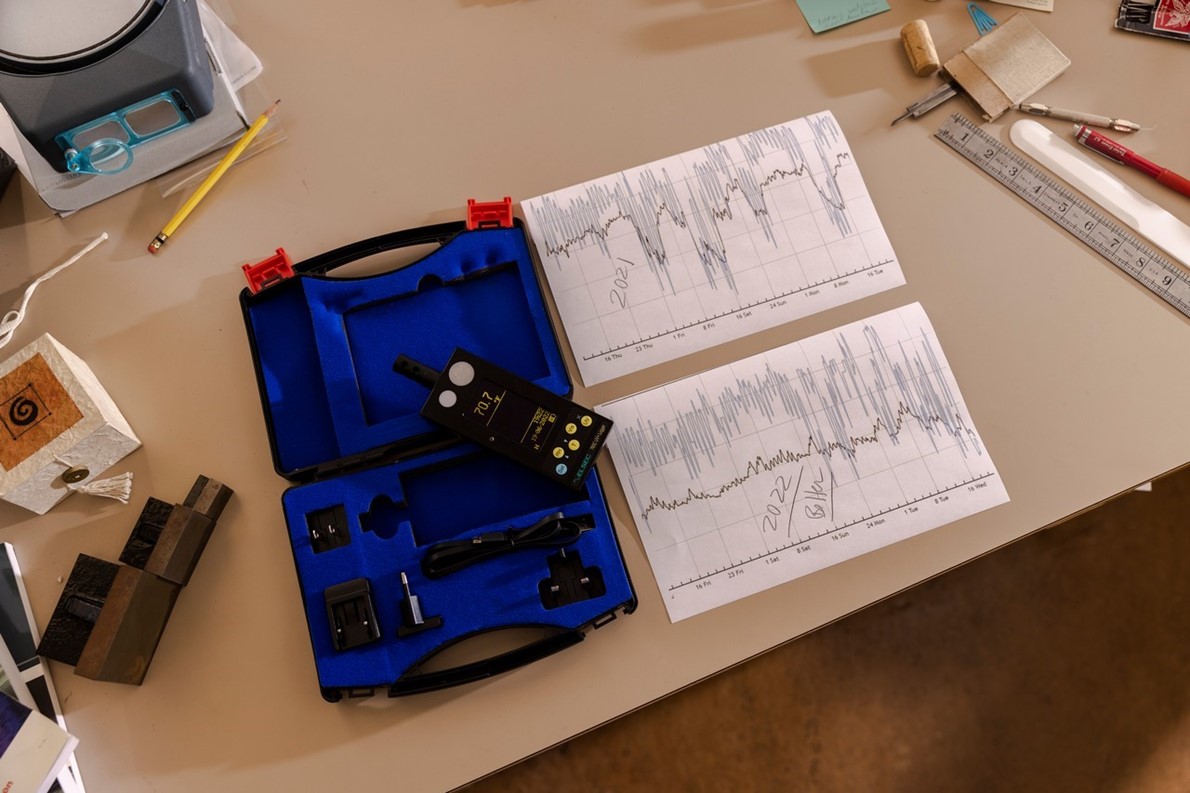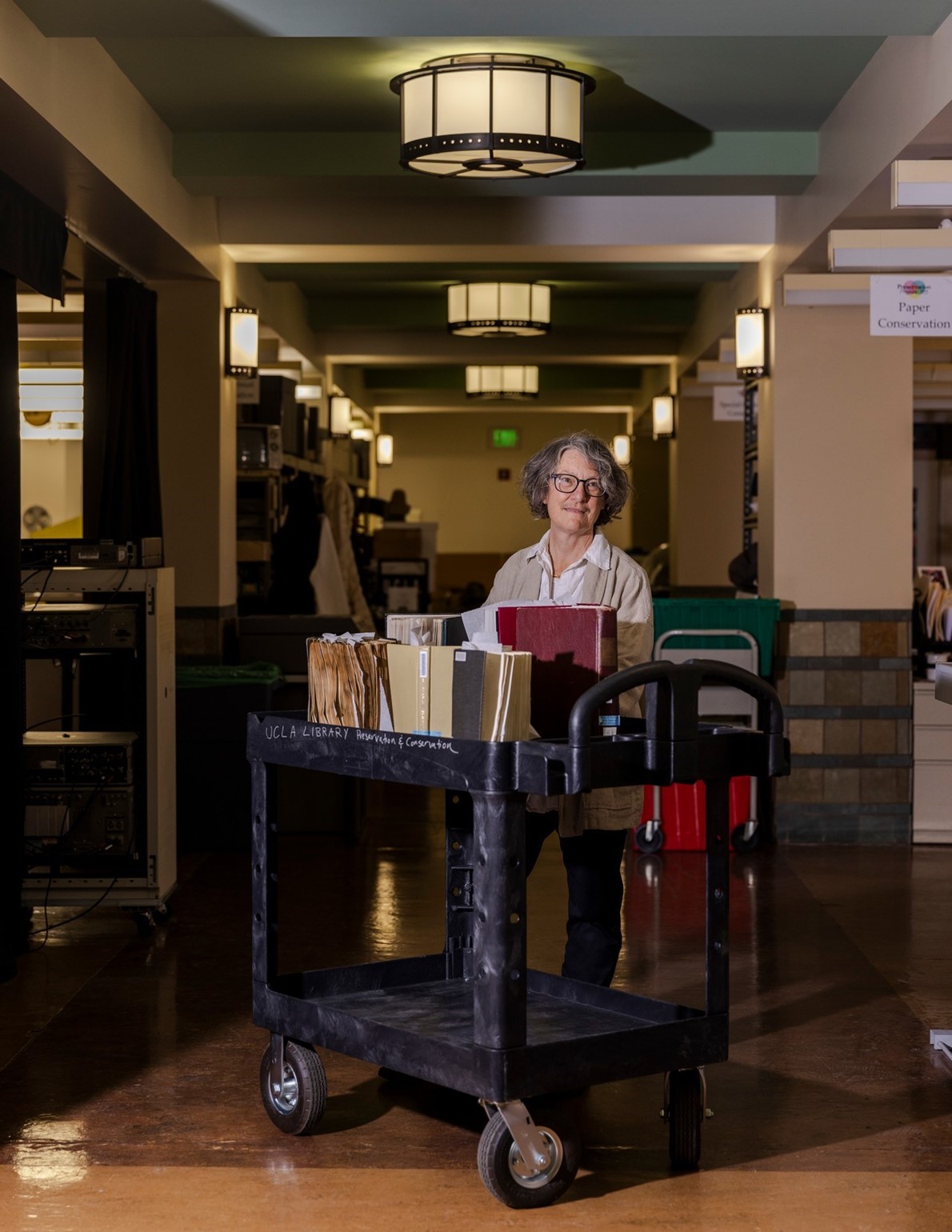At Tulane University, 1.5 million books and manuscripts were
drenched when Hurricane Katrina swept through Louisiana in 2005. In 2018, UCLA
was in talks to receive a donor’s collection when it was destroyed in the
Woolsey fire. And the next year, the Getty fire sent up thick, black plumes of
smoke that threatened to filter into UCLA’s libraries and damage the fragile
materials housed inside.
اضافة اعلان
“We were lucky” that day, recalled Chela Metzger, the school’s
head of preservation and conservation. Acidic smoke and greasy soot are grave
concerns for any conservator, but in this case, the winds held them at bay.
But luck is not a safeguard against the growing threat posed by
extreme weather events such as wildfires and floods to book collections, even
collections housed in professional facilities. As those events have become more
common as a result of climate change, preservationists across the US know they
must adapt their practices to keep books and archives safe. But the solutions
can raise their own set of sustainability issues.

Many experts feel they are in a race against time. A 2018 study
published in the Climate Risk Management journal assessed 1,232 archival
repositories in the USand found that nearly 99 percent were “likely to be
affected by at least one climate risk factor.”
Immediate and long-term strategiesBoth immediate and long-term strategies are needed to keep books
secure in changing environments, experts say, but some threats are more
insidious than wildfires or hurricanes.
Shifts in temperature and humidity from climate change can have
large consequences. Archivists and conservators in Cincinnati, for example, are
worried about big temperature swings in a single day. Humidity is on the rise
in Southern California, where the climate is historically dry; most
preservation systems in the area aren’t designed to manage precipitation.
“The higher the humidity, the higher the temperature, the
quicker they will break down their organic materials,” said Holly Prochaska,
the interim head of the Archives and Rare Books Library at the University of
Cincinnati. “Leather will wet rot. Collagen fibers in vellum will tighten and
shrink.”

Institutions such as UCLA are developing ways to combat humidity
to work in tandem with their climate-controlled stacks and collections rooms.
Now, because of climate change, Metzger thinks twice before lending out
materials, which can keep history and knowledge under lock and key.
“Books gain meaning by use — use is exhibit; use is research —
and there’s a beauty in use,” Metzger said. “If we just isolate things and keep
them in these little, perfectly controlled environments with guards around
them, what is their meaning anymore?”
DigitizationOne solution is digitization — scanning pages and storing them
online. The process is not only an answer to climate change; it also allows for
documents to be easily accessible and shared, broadening a collection’s reach.
Adding documents to a server or the cloud, though, presents its own set of
obstacles, both practical and environmental.

Digitization can be catalyzed by times of great distress: when
war threatens the destruction of buildings that house cultural materials, for
example, or when a climate becomes too harsh. What may seem easy — scanning and
uploading — relies on vast amounts of servers on a large scale, and the energy
used adds to overall emissions. According to a 2019 study published in The
American Archivist, the process “has considerable negative environmental
impacts, which in turn threaten the very organizations tasked with preserving
digital content.”
Preservationists are left with a choice of what holds enough
value to digitize.
Once uploaded onto a server, cataloging is not seamless. Files
can be mislabeled and lost in the ether, Metzger said, and the digital files
still require maintenance and oversight.

Researchers are studying ways to maintain physical books for
longer and sustainably. The Image Permanence Institute, a research center based
at the Rochester Institute of Technology, has analyzed more than 1.9 billion
environmental data points from institutions around the world to find the best
practices for keeping collections safe. The National Endowment for the
Humanities recently announced a grant to aid institutions seeking to organize
climate plans and reduce their environmental impact.
The threat from climate change is an ongoing problem, and there
is no perfect solution as collections, by design, amass more and more
materials.
“The needs of the book are actually not that complicated,”
Metzger said. “The world around it has become more complicated.”
Read more Books
Jordan News



